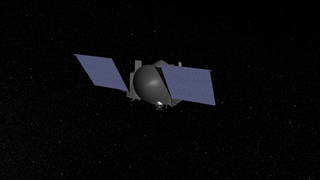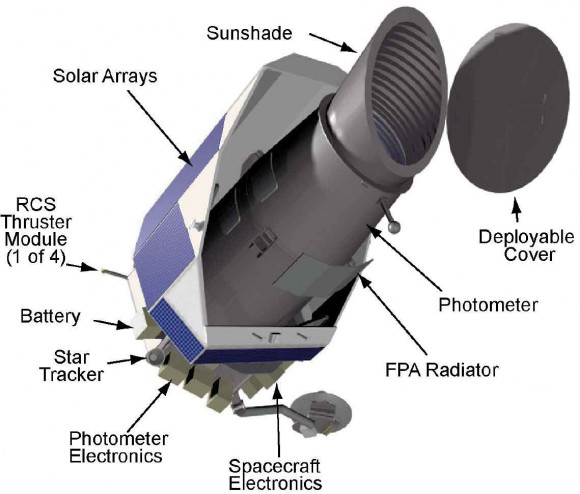
City skies (right) are often significantly dimmed by sky glow. Credit: Jeremy Stanley
Step out into the darkness a few hours after sunset. What do you see overhead? If you live in a relatively unpopulated part of the world, you might see the broad stripe of the Milky Way splashed against a backdrop of black sky punctuated by countless stars. If, on the other hand, you live in a teeming metropolis, what’s visible might have much more to do with where you find yourself on the planet than where we find ourselves in the galaxy.
Artificial illumination has dramatically changed the night sky across the globe. And considering that more than half of people worldwide live in urban areas—and more than one fifth live in large cities of one million or more inhabitants—light pollution obscures the stars above billions of people.
Since 2006 a project called GLOBE at Night has been quantifying light pollution using the very people it affects as measuring instruments. The project enlists citizen scientists to make naked-eye observations of a given constellation, then compare what they see with a series of star charts calibrated for different levels of light pollution. Participants submit their observations via an online form. The GLOBE at Night’s most recent campaign, for 2012, gathered nearly 17,000 observations from participants in 92 countries. (The 2013 campaign is still accepting data for a few more weeks.)



